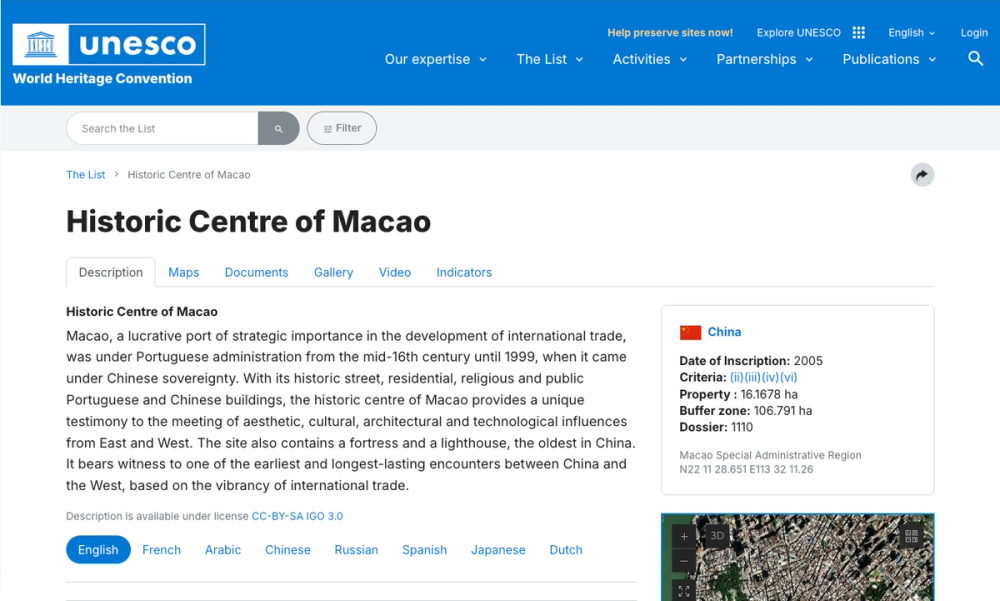Historical Significance
The Guia Lighthouse (Farol da Guia) is a crown jewel of Macau’s colonial heritage. Constructed in 1864 by Portuguese engineer Carlos Vicente da Rocha, it began operations on September 24, 1865, originally powered by a kerosene lamp. After being damaged by a typhoon in 1874, it was rebuilt and electrified in 1910, becoming a critical navigational aid for ships entering the Pearl River Delta.
Architectural & Technical Features
- Design: A 15-meter-tall white cylindrical tower with yellow accents, echoing the adjacent Chapel of Our Lady of Guia (1626).
- Light Mechanism: Uses a Fresnel lens with a unique flash pattern (1-second light, 2-second pause, repeat). Its beam reaches 16 nautical miles.
- Typhoon Signals: The lighthouse grounds host Macau’s meteorological station, where typhoon warnings are displayed.
Cultural & Modern Role
- UNESCO World Heritage (2005) as part of Macau’s Historic Centre.
- Geographic Landmark: Its coordinates mark Macau’s official position on world maps.
- Tourist Attraction: While the interior is rarely open (e.g., during Maritime and Water Bureau Day), visitors can explore the hilltop for 360° views of Macau Peninsula, the South China Sea, and landmarks like Macau Tower.
Visitor Tips
- Best Time: Visit at sunrise/sunset for optimal lighting and fewer crowds.
- Access: Hike via Guia Hill Hiking Trail or take the Guia Cable Car.
- Nearby Sites: Explore the Chapel of Our Lady of Guia with its rare Sino-Portuguese frescoes and Guia Fortress’s military tunnels.
The Guia Lighthouse symbolizes Macau’s maritime legacy, blending Portuguese engineering with enduring cultural significance.




